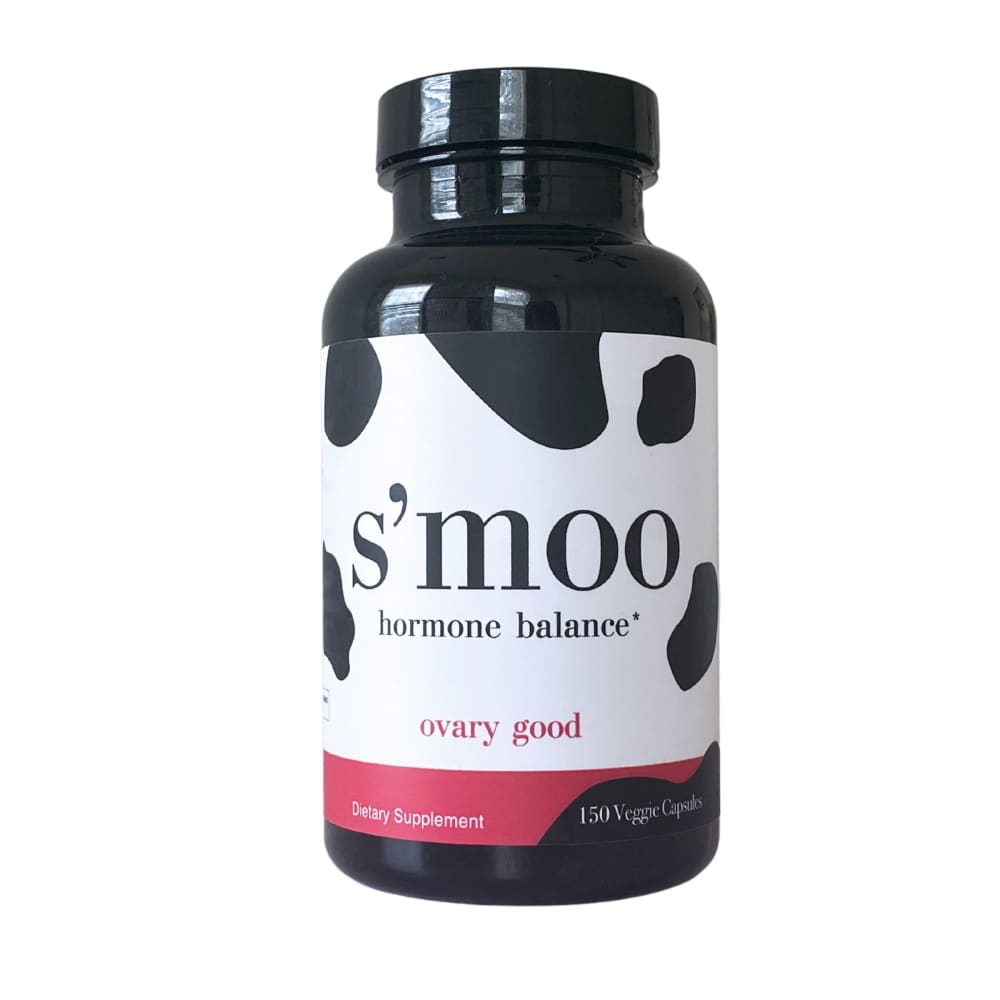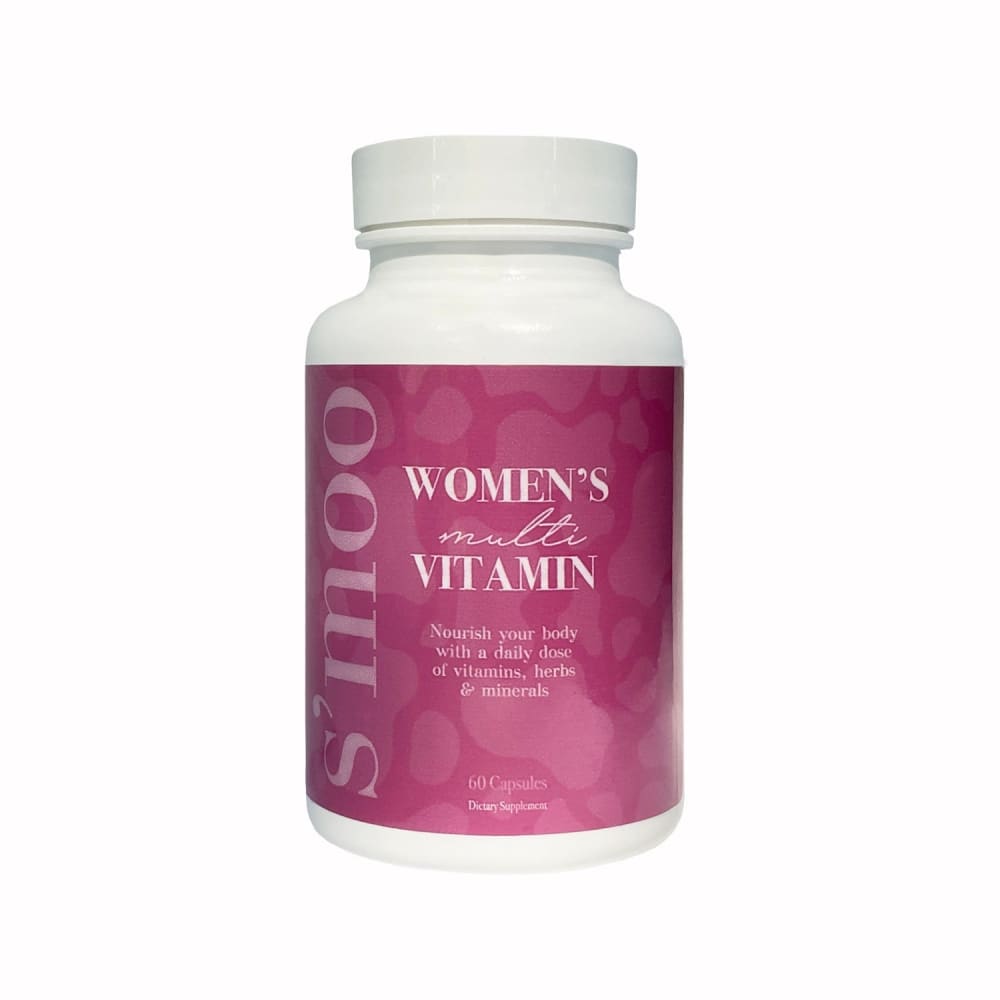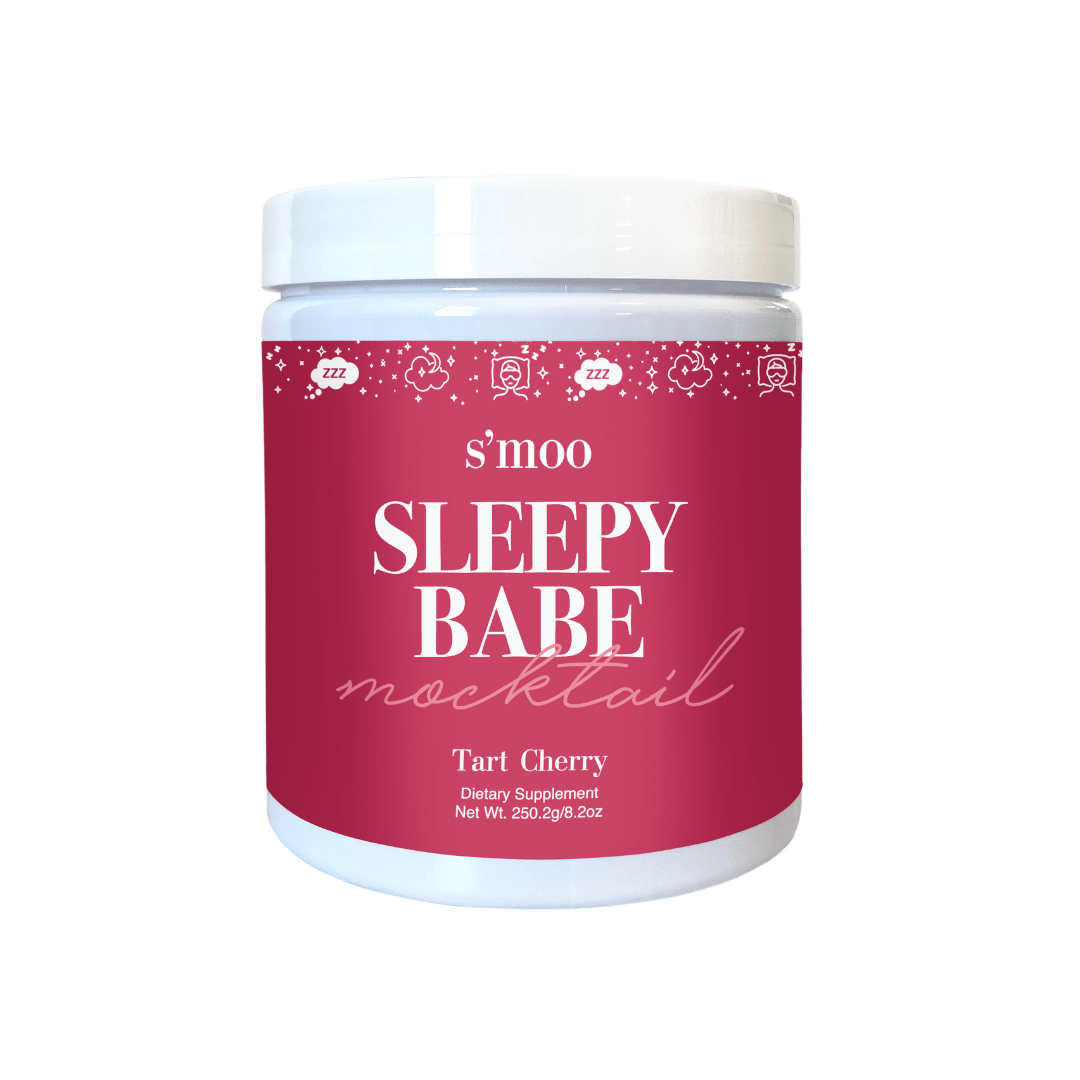Gluten and PCOS: All You Need to Know
What’s the Link Between Gluten and PCOS?
Living with PCOS is all about give and take. Give up dairy, take up yoga. Give up alcohol, take up spearmint tea. Is eliminating gluten next on your “maybe I’ll try it” list?
In this blog, we dive into the relationship between gluten and PCOS. Find out whether eliminating gluten is the right choice for managing your PCOS symptoms.
The Link Between PCOS and Gluten Sensitivity
Gluten is a protein found in wheat, rye, and barley. It helps hold food together and maintain its shape. It’s in a lot of your favorite foods – from pizza to pretzels, and even salad dressing. You may have heard weight loss success stories from gluten-free diets. But did you know cutting gluten may reduce your risk factors for conditions related to PCOS?
To understand the link between gluten and PCOS, it helps to know the health problems associated with PCOS. Women with PCOS are at risk for problems like:
- Diabetes
- Heart disease
- Chronic inflammation
- Depression
- Sleep apnea
- Obesity
- Infertility
Some of the health problems associated with PCOS share symptoms of gluten sensitivity. This is why some people suggest cutting gluten to reduce PCOS symptoms.
A shared symptom of PCOS and gluten sensitivity is inflammation. When the immune system sees a threat (such as germs or toxins), it sends signals to fight the invaders. This causes an inflammatory response.
Sometimes the body continues to send out warning signals even when the threat is gone. The result is chronic inflammation.
Symptoms of chronic low-grade inflammation include: [1]
- Abdominal pain
- Chest pain
- Fatigue
- Fever
- Mouth sores
- Skin rash
- Joint pain
People with gluten sensitivity and PCOS may experience chronic low-grade inflammation. Cutting gluten can help reduce the risk.
How Is Gluten Sensitivity Diagnosed?
Gluten sensitivity is when you get sick after eating foods containing gluten. Common causes are wheat allergies or celiac disease. Celiac disease is an autoimmune disorder that damages the small intestine. It affects about 1% of the population. [2]
You may be tested for gluten sensitivity with bloodwork. Doctors find wheat allergies through elimination diets, bloodwork, or skin tests.
To test for celiac disease, your doctor may check for antibodies in the blood. The most accurate way to diagnose celiac disease is with an intestinal biopsy. In this procedure, doctors look closely at the intestines to see how they respond to gluten.[2]
Even without a formal diagnosis, many people have gluten intolerance. Non-celiac gluten sensitivity (NCGS) shares many symptoms with wheat allergies and celiac disease. There isn’t a blood test to check for NCGS, which makes it harder to diagnose. Elimination diets are the best way to catch NCGS. [3]
Gluten sensitivity affects the gastrointestinal (GI) system. Celiac disease can cause severe GI symptoms due to intestinal damage. Non-celiac gluten sensitivity may affect other body systems. You can experience:
- Headaches
- Brain fog
- Depression
- Fatigue
- Joint pain
- Gas or bloating
- Constipation
- Diarrhea
- Abdominal pain
Your doctor will help you find out the underlying cause of gluten sensitivity so you can get the right treatment. Some testing requires eating gluten to see how your body responds. Talk to your doctor before going on a gluten-free diet. [3]
Pros of a Gluten-Free Diet for PCOS
Many people report improved PCOS symptoms after eliminating certain food groups. But how do you know whether to cut gluten, dairy, or something else?
An elimination diet will help you know if a food group causes inflammation in your body. Gluten is known to cause inflammation – how much depends on your body. Do you feel sluggish after eating a pasta dish? How does it compare to the veggie burger the day before? Keep a food journal to notice how different meals make you feel.
Managing PCOS means finding ways to reduce inflammation however you can. Your ovaries – and hormones – will thank you. When your ovaries have less stress to deal with, they can do their job better. The result is balanced hormones. This helps regulate your menstrual cycle and improve your chances of getting pregnant. It also helps reduce androgen production. Those are the sex hormones responsible for facial hair and male-patterned baldness.
Like most aspects of PCOS, choosing a diet is all about trial and error. Elimination diets take time and effort – but the results are worth the wait.
Essential Tips for Going Gluten-Free
If you’re considering going gluten-free for PCOS, you may be wondering how to get started. It takes time to learn which foods you can eat, so take advantage of your resources. Check out Beyond Celiac for diet and recipe tips. You can also use smartphone apps to tell if an item contains gluten. Here are five tips to get started on a gluten-free diet today.
1. Get To Know Gluten-Free Foods
You’re probably familiar with gluten-containing foods like bread, crackers, cookies, and pasta. When you start a gluten-free diet, swap these items for gluten-free options. Opt for whole grains like quinoa, millet, and brown rice.
As you eliminate starchy carbs, fill your plate with veggies and lean meats. It’s a good time to indulge in salads or grain bowls with fun toppings. Remember to check for hidden gluten in foods like:
- Sauces or condiments
- Snacks
- Wraps
- Beverages
Check the labels when grocery shopping – most food labels clearly state if the product contains gluten.
2. Swap Pantry Items for Gluten-Free Alternatives
Your GF grocery trip may feel overwhelming at first. One way to prepare is by picking out a few recipes and building your grocery list around the ingredients.
Here’s a sample list to get started:
- Gluten-free flour
- Gluten-free salad dressing
- Whole grains
- Beans
- Chickpea pasta
- Veggies
- Chicken or fish
Cutting gluten will naturally eliminate a lot of snacks. Replace your usual snacks with items like dried beans, nuts, or fruit with nut butter.
3. Find Recipes for Foods You Want to Eat
A gluten-free diet doesn’t have to be torture – you can still eat your favorite dishes with a little modification. Craving your mom’s chicken parmesan? Dredge the chicken in almond flour and check for gluten in the other ingredients. To find yummy gluten-free meals, search for Whole30 or keto diet recipes. They’re built around low-or-no carbs, and many are gluten-free.
4. Keep a Rotation of Go-To Meals
Once you find your favorite go-to recipes for a gluten-free diet, life will feel so much easier. Grain bowls are a good staple meal that you can build based on what you’re feeling for the day.
Here are the components of a basic grain bowl:
- Grains, like quinoa
- Beans, such as roasted chickpeas
- Roasted veggies
- Greens, like sauteed kale
- Protein, like tofu or chicken
- Cheese, such as whipped feta
- Sauce, like tahini or sriracha
Switch things up depending on your mood and the season!
5. Have Fun with It
You can still enjoy good food and go to restaurants on your new diet. Most restaurants have gluten-free options, so you don’t have to spend too much time studying the menu – ask your server for recommendations. If you’re drinking alcohol, most distilled liquor is gluten-free but remember to stay away from beer. [4]
Go Gluten-Free for PCOS Today
Going gluten-free for PCOS has lots of benefits. It helps reduce inflammation and balance hormones. But it doesn’t have to be miserable – have fun with it and enjoy the health benefits.
As you venture into the world of gluten-free cooking and baking, add a scoop of PCOS supplements or Hormone Balance Supplements to your next recipe. The all-natural hormone balance supplement is perfect for smoothies or baked goods. Just one scoop a day is all you need to get to the root of PCOS symptoms.
*The content in this article is provided for informational purposes only. This is not intended to prevent, diagnose, treat, or cure any health conditions. It is not a substitute for professional medical advice or consultation. Talk to your doctor before making changes to your healthcare regimen.
Sources:










